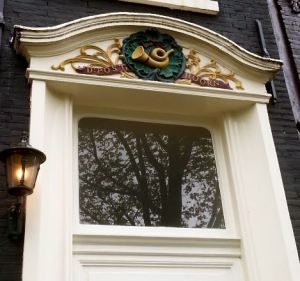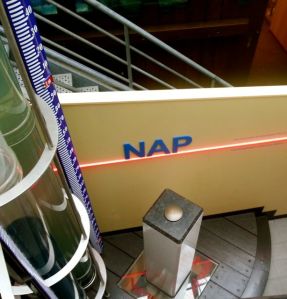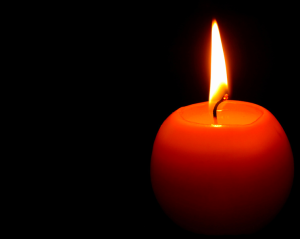Today is Sinterklaas, tonight children who have been good will get gifts left by Sinterklaas in a tradition mirrored in the Christmas tradition of Santa Claus. In fact there are similar traditions across Europe from France’s Père Noël, to Italy’s La Befana. The traditions have become more benign over the years and now all children get gifts and candy. However the Dutch version is problematic due to Sint’s helpers. It’s become a really controversial issue in the Netherlands, and it’s so sensitive for many of my Dutch friends that I’ve avoided writing about it. I want to present here what the debates are on both sides.
Here goes.
There’s a tradition in the Netherlands and Belgium that Sinterklaas arrives in December for St Nicholas’ Day (6 December), accompanied by his assistants who are all known as “Zwarte Piet“, in English “Black Peter”.
This is what Zwarte Piet looks like.
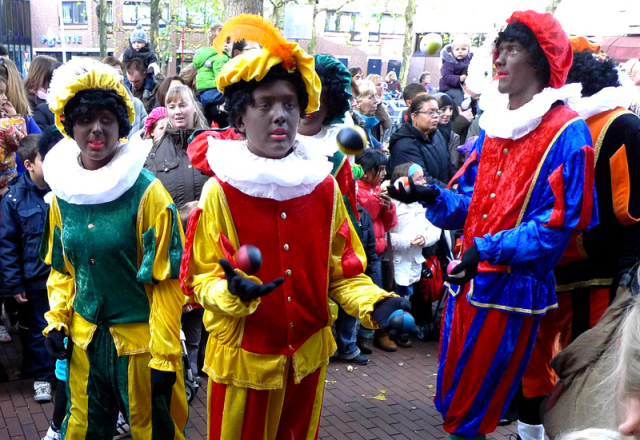 If it’s your first time seeing images of Zwarte Piet it’s a shock, because in most western countries we have stopped using blackface in entertainment.
If it’s your first time seeing images of Zwarte Piet it’s a shock, because in most western countries we have stopped using blackface in entertainment.
Zwarte Piet accompanies Sinterklaas, and gives out sweets. It’s a much loved tradition in the Netherlands but it has come under fire in recent years for being racist, culminating in a question a few years ago from a UN official asking the Dutch government to investigate complaints that the tradition is racist. The complaints are relatively few but have, apparently, been growing in recent years, as have protests at Sinterklaas events.
To many foreigners the appearance of Zwarte Piet comes as a shock, the link seems very clear, and it’s incomprehensible that such a tradition in a country famed for its tolerance. So how do the Dutch see it?
In a 2013 survey by de Telegraaf 92% of Dutch people did not see this as racist and don’t connect him to slavery, and 91% were opposed to altering his appearance. The tradition of Zwarte Piet is defended in a couple of ways.
The Chimney Sweep Theory
Zwarte Piet is black because he’s a chimney sweep; this is a common defense. But it raises more questions than it answers; if Zwarte Piet is a chimney sweep why does he have curly hair and exaggerated lips? What’s with the feather in his hat? Why is his skin evenly blackened, not randomly as would be the case with soot? Why does he wear gold earrings? Where’s his brush?
 The costume and appearance of Zwarte Piet are much closer to the Moors depicted in 17th Century paintings than to chimney sweeps. No, this theory makes no sense.
The costume and appearance of Zwarte Piet are much closer to the Moors depicted in 17th Century paintings than to chimney sweeps. No, this theory makes no sense.
This defence is the one most commonly presented – I suspect it’s a rationalisation developed at some point to cover a level of discomfort when the underlying stereotype was recognised.
A Suriname journalist summed it up during the heat of the debate; “the problem is that Dutch people do not know their own history”. There’s some truth in that, slavery barely gets a mention in the nation’s museums – look at the exhibits in the Rijksmuseum of the so called “golden era”, slaves are all but invisible. The text below is from a current exhibition at the Rijksmuseum, note the passive voice abdicating responsibility for slavery.
 I commented once, some years ago, that the Golden Era of the Dutch was built on slavery and was just about thrown out of the room; the defence given was that it was Dutch companies rather than the Dutch state acting in slavery. Which might be technically true, but both companies were acting as proxies for the state and certainly with the endorsement of the government.
I commented once, some years ago, that the Golden Era of the Dutch was built on slavery and was just about thrown out of the room; the defence given was that it was Dutch companies rather than the Dutch state acting in slavery. Which might be technically true, but both companies were acting as proxies for the state and certainly with the endorsement of the government.
The Tradition Theory
It certainly is a tradition, and because it’s something embedded in childhood memories it’s perhaps more loved than other traditions.
But it’s not as old as a lot of people think, and the form has changed.
The first time Zwarte Piet appears as a black person is in a book from 1850 by Peter Schenkman. Legend has it that he will give you sweets if you’re good and whip you with a rod or put coal in your shoes if you’re bad. Well the rod has long gone, I don’t think coal gets a mention any more. If you were really bad Zwarte Piet would put you in his sack and take you back to Spain with him (yeah, you thought Santa lived at the North Pole, but Sinterklaas lives in Spain). The sack abduction rarely happens any more, just kidding, it’s only mentioned as a joke. So apparently the tradition can change.
In any case “it’s tradition” doesn’t seem a particularly sound argument. Traditions are subject to change as humans learn and cultures evolve; traditionally we didn’t fly across the world in aeroplanes, traditionally men followed their father’s occupation, traditionally women didn’t vote, wear trousers or smoke in public. Traditionally Zwarte Piet was only played by men.
Is Zwarte Piet a Slave?
Most Dutch people would answer “no” without hesitation. There’s nothing I can find in the history of Zwarte Piet that indicates he was ever a slave. In fact his arrival in the Sinterklaas comes after the African slave trade had ended (although it would be another thirteen years before slavery was made illegal in Suriname). Initial references to him call him a “knecht”, which means “servant”, think high level servant perhaps for royalty. I have heard from more than one Dutch or Belgian person that the original Zwarte Piet was a slave, but was rescued and freed from slavery by Sinterklaas. I don’t think this is in the original story, it’s probably a later rationalisation.
The Dutch Reaction
Many many Dutch people love Zwarte Piet and cannot see any racism attached to the traditional performance. I don’t think any Dutch person woke up this morning thinking excitedly of how much they could annoy Dutch people of Suriname or African decent. I don’t think the intent behind the celebration comes out of deliberate or explicit racism.
I think that because children become aware of Zwarte Piet as children long before rational discussions of racism begin (at least in white families), the associations with the tradition are genuinely not racist. When others (foreigners, the press, the UN, other Dutch people) describe Zwarte Piet as racist it is shocking to Dutch people, killing childhood innocence and trampling on tradition. People with good liberal middle-class white values are confronted with the idea that they might be racist.
No wonder the reaction is defensive; I can see how calling the practice racist feels painful to Dutch who were brought up with Zwarte Piet.
One Dutch woman who now believes that the tradition needs to change said the moment she got it was out on a bike ride with her three-year-old son. He saw a black person, and pointing at him, shouted out “Zwarte Piet”. She suddenly realised the association children were making. I asked her what she was doing differently now; no more Zwarte Piets in her house and clear discussions about tradition and change.
The Political
The debate became further politicised in 2013, when the right wing party VVD showed their support for Zwarte Piet and claimed that attacks on Zwarte Piet was an expression of hatred against Western Ideas. Which makes about as much sense as worrying about the plain red Christmas cups from Starbucks. But that meant that many Dutch were in a conflicted state; on the one hand they didn’t want Zwarte Piet to change but on the other hand did not want to align themselves with the VVD.
The annual protests have escalated, and the protestors have been arrested – with the arrests later judged by the ombudsman to have used excessive force. The Children’s ombudsman (Dutch only) has concluded that the current form of Zwarte Piet “violates the UN Convention because the figure can contribute to bullying, exclusion or discrimination”. In 2014 one court ruled that the Zwarte Piet character should stop, only to be overturned by another court – right before Sinterklaas should take place.
Here’s a video that goes through the practices and the history.
In 2016
It’s changing.
In the research by the Children’s Ombudsman the children (aged 10 – 16) were united “All the young people who spoke believe that the appearance of Zwarte Piet should be adjusted if there are children and young people who feel discriminated against by its present appearance.”
This year in Amsterdam the Black Piets became Chimney Piets. It’s a change that takes something of the racial sting out of the Piet’s appearance, although the wig is still there. This might turn out to be an interim change.
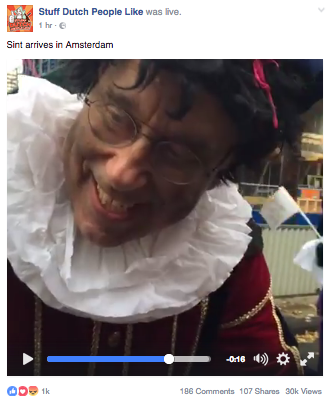 Bijenkorf, one of the main department stores in Amsterdam, gave their Zwarte Piets a makeover last year, they still wear the colourful costumes but the faces are now stylised and gold.
Bijenkorf, one of the main department stores in Amsterdam, gave their Zwarte Piets a makeover last year, they still wear the colourful costumes but the faces are now stylised and gold.

The traditional Zwarte Piet

The new style Piets
I’ve seen fewer depictions of Zwarte Piet on products and in advertising this year, and where he is shown he less of the “golliwog” caricature. Here are some samples of Sint-themed images this year.
This slideshow requires JavaScript.
It’s changing in a typical Dutch way, not by a rule being laid down by some court or government, but by people learning and changing their habits gradually. It feels too slow for those who want the change and too fast for those who love the existing tradition, it will be controversial for a while yet. Even so within a few years I believe Sint’s helpers will all be Piets.
This was hard to write, well done for making it to the end! Happy to hear your comments, questions and feedback. Play nice.








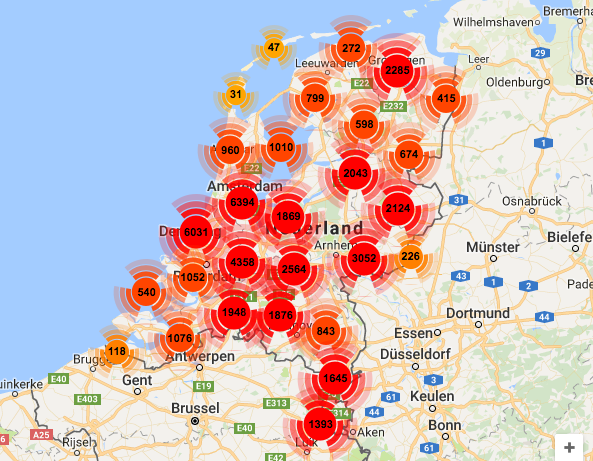




















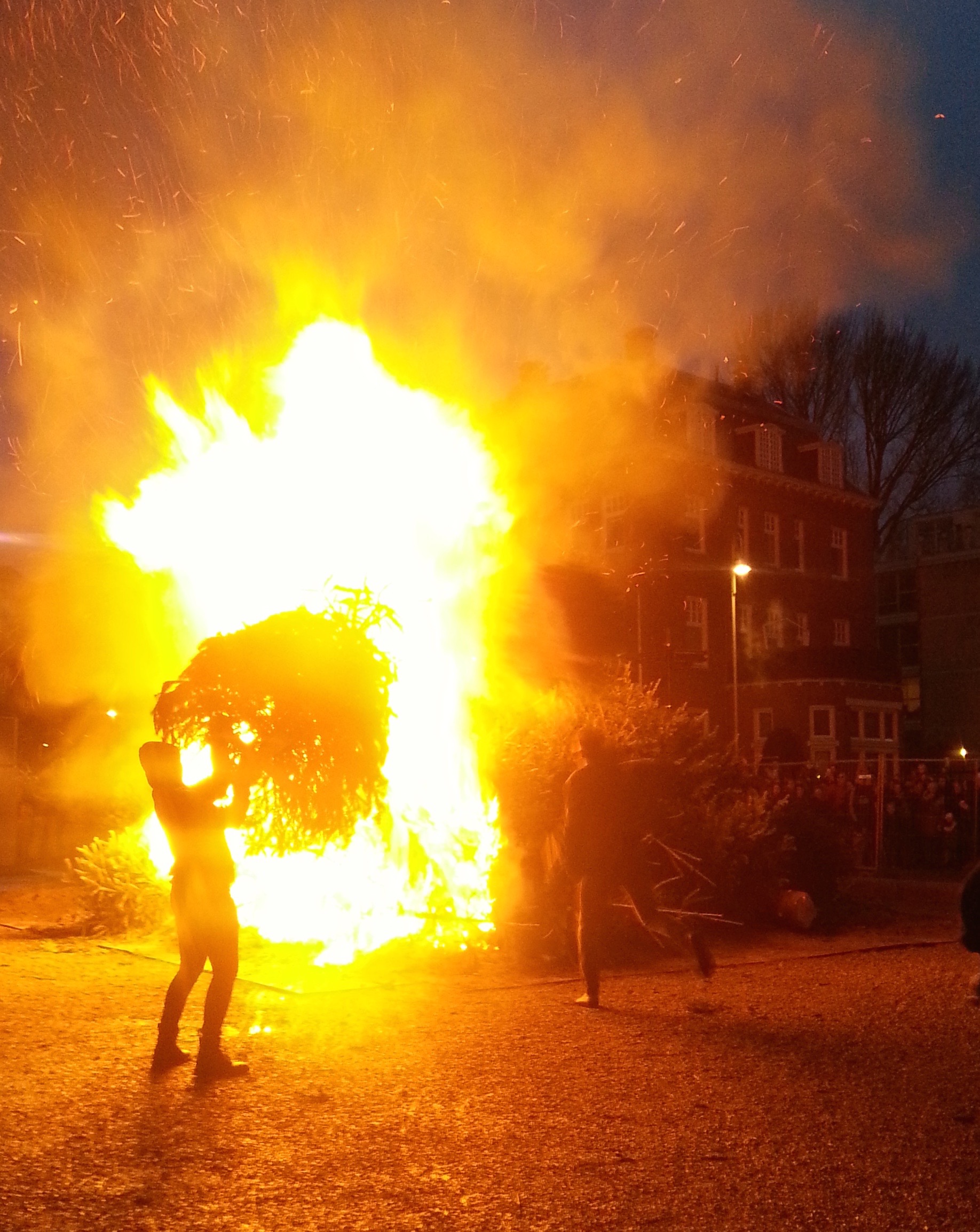 I went off to enjoy another Dutch tradition yesterday afternoon with a friend and her young son. De kerstboomverbranding, literally the Christmas tree burning, is the annual immolation of Christmas trees. In Amsterdam it’s held on Museumplein on the first Sunday of the new year and people bring their un-ornamented trees to the square, often by bike, and the fire brigade sets fire to them.
I went off to enjoy another Dutch tradition yesterday afternoon with a friend and her young son. De kerstboomverbranding, literally the Christmas tree burning, is the annual immolation of Christmas trees. In Amsterdam it’s held on Museumplein on the first Sunday of the new year and people bring their un-ornamented trees to the square, often by bike, and the fire brigade sets fire to them.

